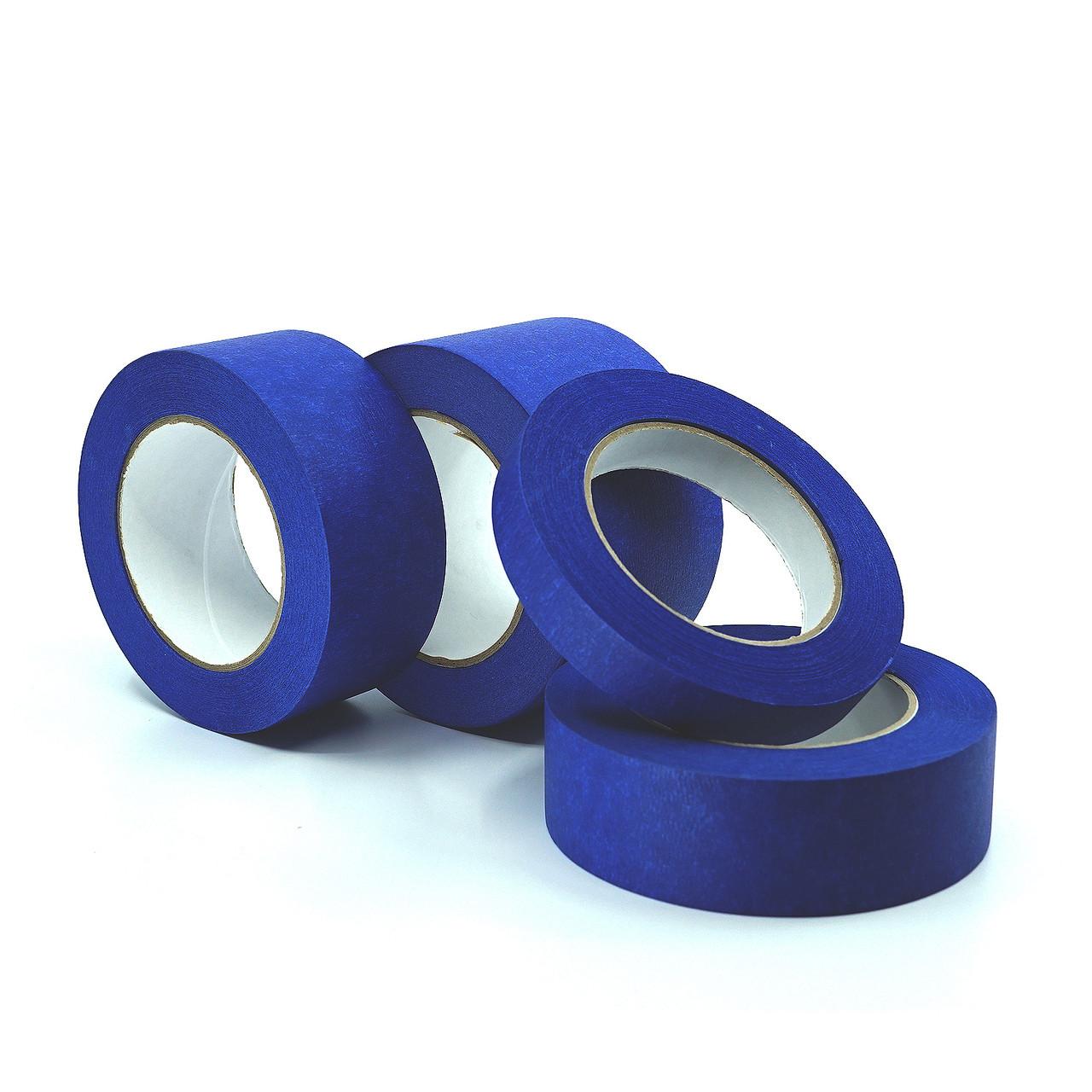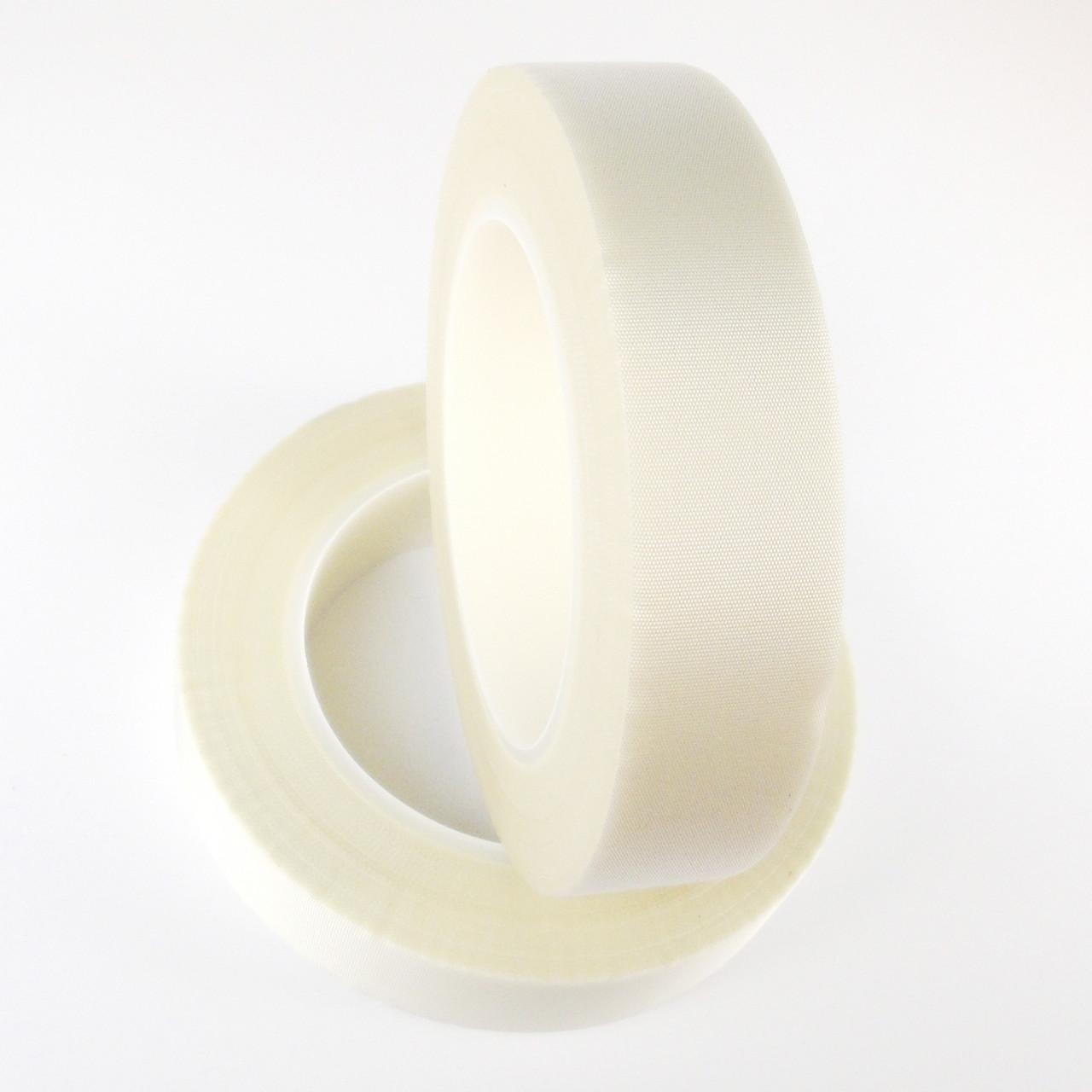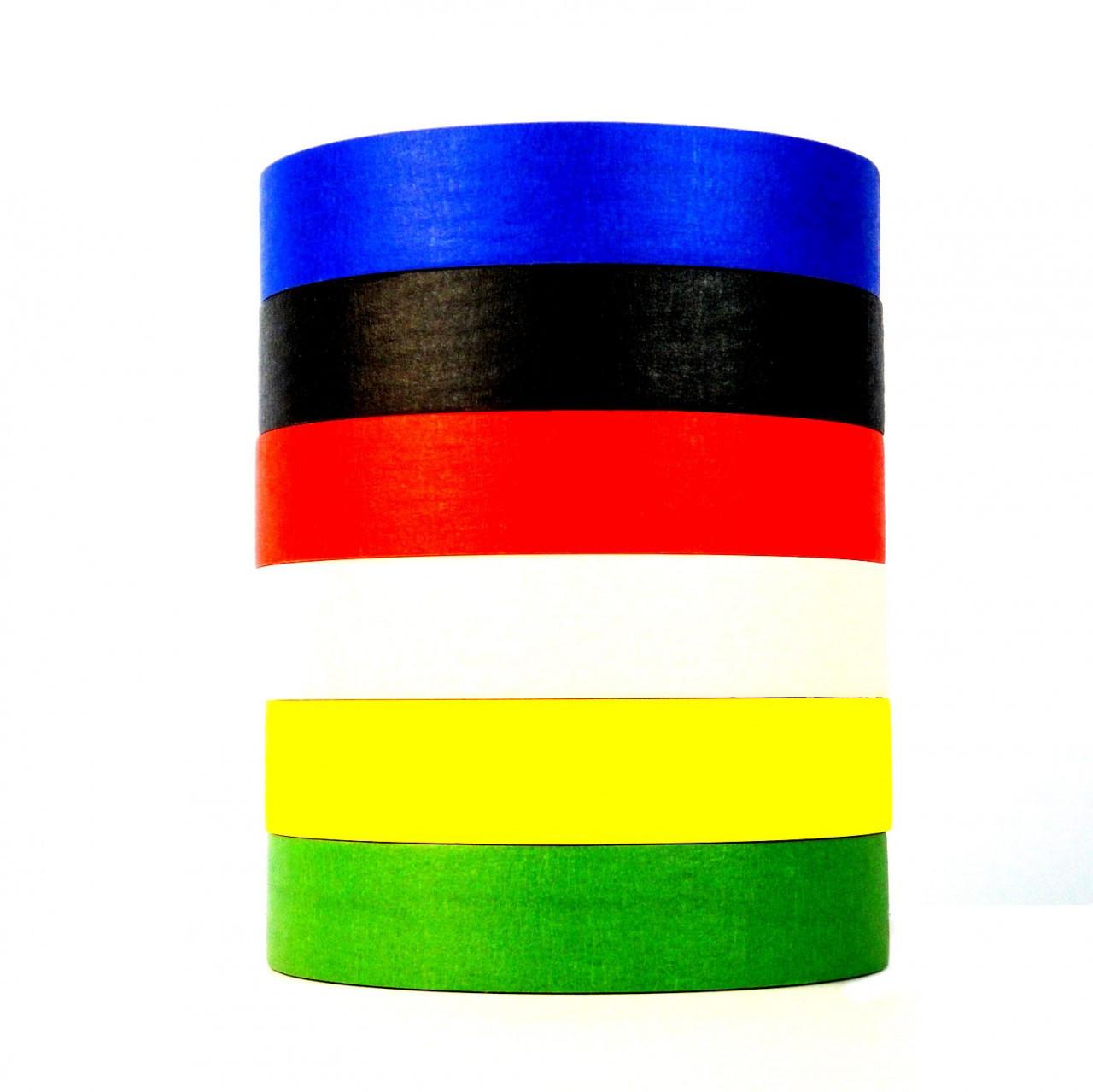Masking Tape and All of Its Uses
As far as practical tape products are concerned, masking tape is probably king. Whether you're a professional painter, an artist, or even a worker in another industry, it's always helpful to have a roll of the stuff on hand. It's a real game-changer, and you'll probably use it way more than you think you will.
What Is Masking Tape?
Masking tape is an adhesive made with thin, easy-to-tear paper that is most commonly used during painting to create clean lines and protect against overspray.
However, masking tape's usefulness isn't limited to paint projects. It's a very versatile product, able to be used in many scenarios, including but not limited to:
- Labeling objects
- Acting as temporary markers
- Creating arts and crafts stencils
- Picking up small, hard-to-grab objects
- Holding items together as glue dries
What's more, you don't need any extra tools to use this tape — no dispenser or scissors are required.
Types of Masking Tape
Masking tape isn't a one-size-fits-all tool. There are different versions of the product, each ideal for use in specific contexts. Below are the types of masking tape available through Tape Jungle.
General-purpose masking tape
Photo Credit: Tape Jungle
As its name indicates, a roll of general-purpose masking tape comes in handy in multiple scenarios. The tape is an economical and effective tool for sealing light-duty packaging, making labels, and bundling, holding, or splicing items.
Many general-purpose masking tapes, including those you can purchase from Tape Jungle, have a crepe paper backing and rubber adhesive. These help the tape stick to a variety of surfaces and keep it from curling or lifting until you decide to remove it.

Painter's tape
Photo Credit: Tape Jungle
Since masking tape is often used for paint projects — painters use it to cover areas they do not wish to paint — many people lump all masking tape into this category. However, this isn't accurate. All painter's tape is masking tape, but not all masking tape is painter's tape.
True painter's tapes adhere to surfaces longer than general-purpose masking tape. Plus, you can remove them cleanly and easily without leaving a sticky residue behind; strips of regular masking tape sometimes leave traces of adhesive. Like general-purpose masking tape, painter's tape has a crepe paper backing, is easy to tear, and can be written on.
A couple of Tape Jungle products fall into this category, including Intertape's AquaMask Medium Grade Painter's Tape. The tape and its saturated crepe paper backing, natural rubber and resin adhesive, and bright aqua color resist paint sanding and wet flaking. Plus, it's compatible with both water- and solvent-based paints. Once you've completed your paint project, you can peel your strip of AquaMask off easily and without mess; it disappears without leaving any residue in its place.
Color masking tape
Photo Credit: Tape Jungle
Color masking tape is general-purpose tape's brightly colored cousin, most commonly used to create labels or decorative edging. Don't expect a roll of Tape Jungle color masking tape — available in red, black, blue, white, yellow, or green — to hold up on any big, heavy projects.
However, it does the trick during light-duty packaging projects, marking defects, or organizing items. It has a saturated crepe paper backing and synthetic rubber adhesive that helps it neatly stick even to irregular surfaces.
Thermal spray masking tape
Photo Credit: Tape Jungle
Thermal spray tape is designed for use during thermal and plasma spray processes. Temperatures run hot in these applications, so this tape is designed to withstand extremely high heat. Tape Jungle's product can handle temps up to 500 degrees Fahrenheit.

Masking Tape Uses
You might be surprised to learn how versatile masking tape is. Here are three examples of uses for masking tape, plus a few examples of ways to make masking tape work for you.
Painting and DIY projects
Masking tape is most commonly used during paint projects, which is why the terms masking tape and painter's tape are used interchangeably so often.
Using strips of masking tape to mark off areas that are to remain paint-free helps you create clean, sharp lines and end up with a neat and professional-looking finished product.
Should you decide to use painter's tape — Alanson's Super Blue Tape is a popular pick — during your home makeover or art project, be sure to prepare the surface first. If you don't take time to clean all the dirt and oil off the surface you're painting on, the tape won't stick. Non-sticking painter's tape creates a chance for paint to touch surfaces you don't want it to touch; that's a frustrating problem that can be avoided by prepping the surface first.
Crafting and decorating
Pull out a roll of masking tape the next time you're feeling crafty; you might be surprised by what the crepe paper-backed adhesive can add to your project.
Make the photo captions in your album or scrapbook pop by writing them on top of a strip of brightly colored masking tape. Or use a few pieces of tape to create a border on the edge of the page.
Some painters even use masking tape to add texture to their work. They crumple up small pieces of tape, stick them on a canvas, and paint over them. From there, they may leave the tape as part of the artwork, having made something that appeals to both sight and touch. Or they remove the tape once the paint is dry, revealing an interesting pattern.
Temporary repairs
Usually, people reach for a roll of duct tape when something breaks. However, in some situations, masking tape can hold an object together until you have time to fashion a more permanent fix.
If you discover a crack or hole in your drywall, for instance, you can cover it with a strip of masking tape until you can patch it. Just be sure the wall you apply it to is smooth and clean. Textured, dirty surfaces prevent the tape from adhering properly.
Last but certainly not least, make sure you don't rely on masking tape as a long-term fix. The adhesive is only meant to be a short-term binding agent. If you need something that can last longer, consider drywall tape instead.
Industrial and construction projects
It isn't uncommon to find masking tape used for industrial and construction projects. After all, it's quite versatile.
Construction workers often use blue masking tape to mark areas where they'll later install fixtures or fittings. Sure, there are other markers these workers could use. However, they turn to masking tape for a few reasons:
- It's easy to apply, and they can remove it without damaging a surface.
- Masking tape sticks to a variety of surfaces.
- It's a relatively affordable tool.
- The blue tape is easy to spot.
Some people even use masking tape for electrical projects, although this isn't recommended. While you can remove it easily and there's no sticky residue left behind, it doesn't have electrical insulation properties. So, it's unsafe in these scenarios.

What Is Masking Tape Used For?
Simply put, masking tape can be used for almost anything! Construction projects, painting, arts and crafts — you name it, and masking tape can probably come in handy for it. It is even a helpful aid in sealing light-duty packages!
Get Your Masking Tape at Tape Jungle
Masking tape is one of the many adhesives Tape Jungle sells. There are general-purpose options, products made specifically for painting, and rolls of colored tape perfect for adding some extra fun to a craft project. You'll certainly find a roll of masking tape to suit your needs, whatever they may be.
Browse Tape Jungle's masking tape selection to find the best product for you. Then, place an order, and as you wait for it to arrive, start planning how you'll use it.
Are you unsure what kind of masking tape to use? Contact Tape Jungle and someone will happily help you find what you need.


 Canadian Dollar
Canadian Dollar
